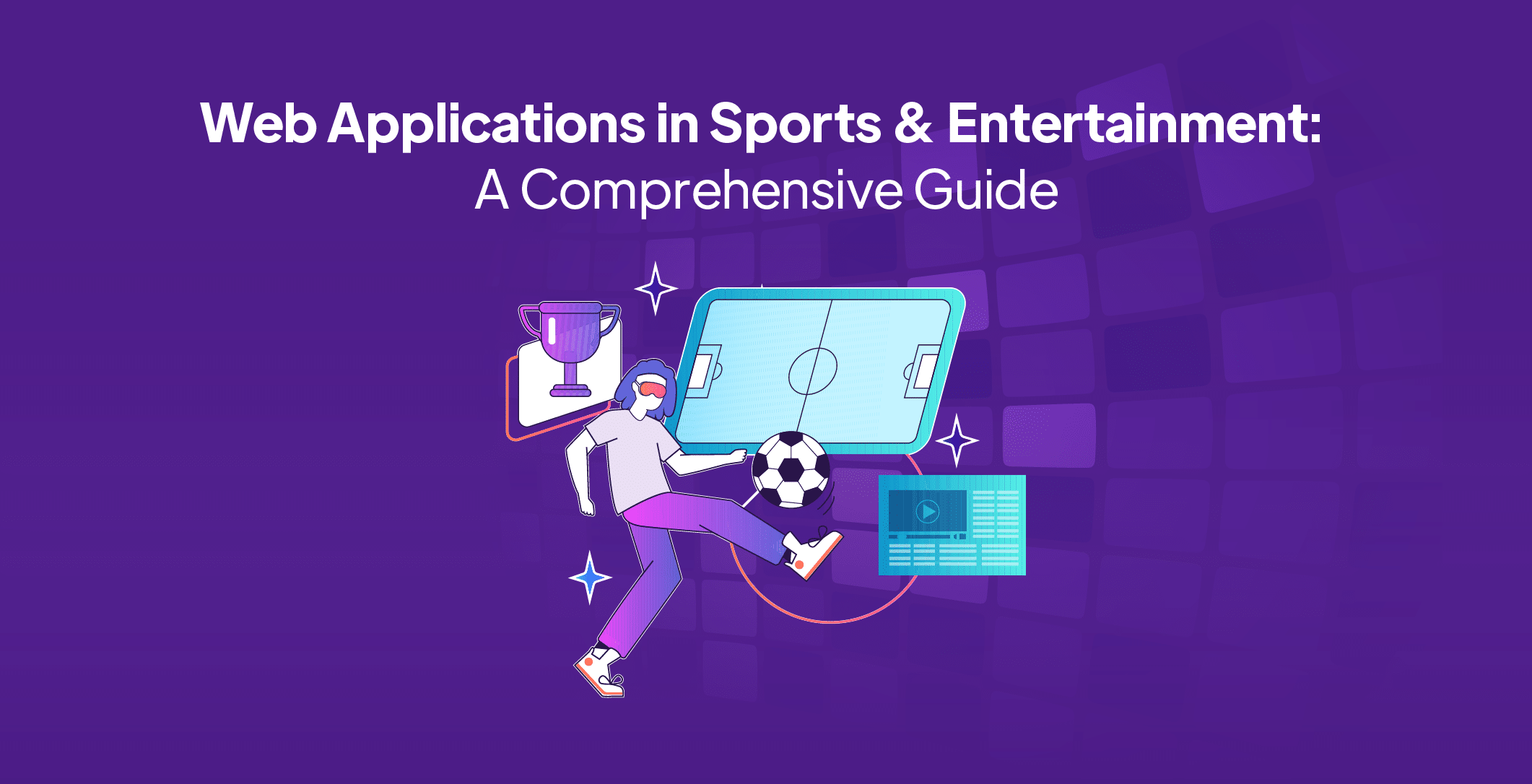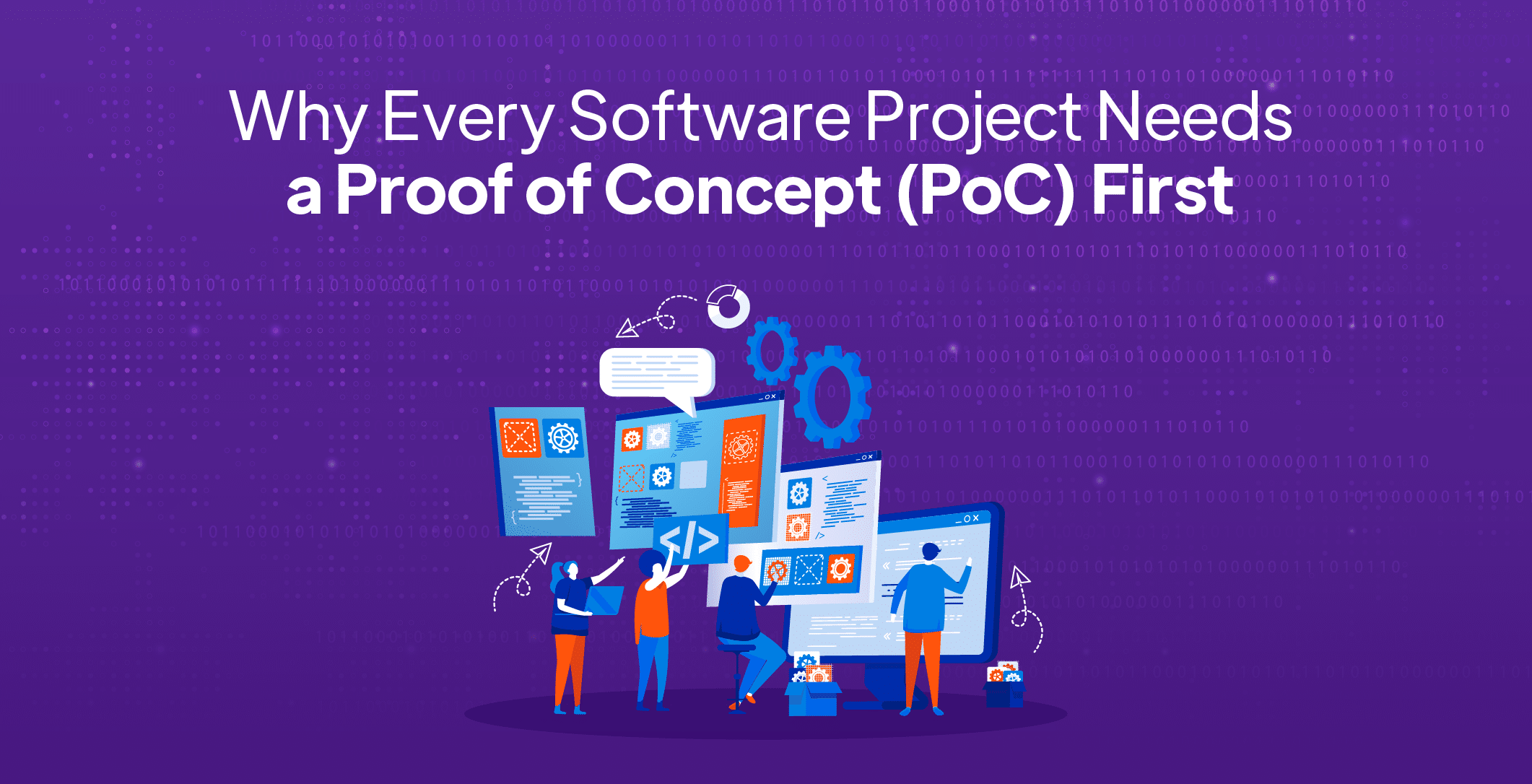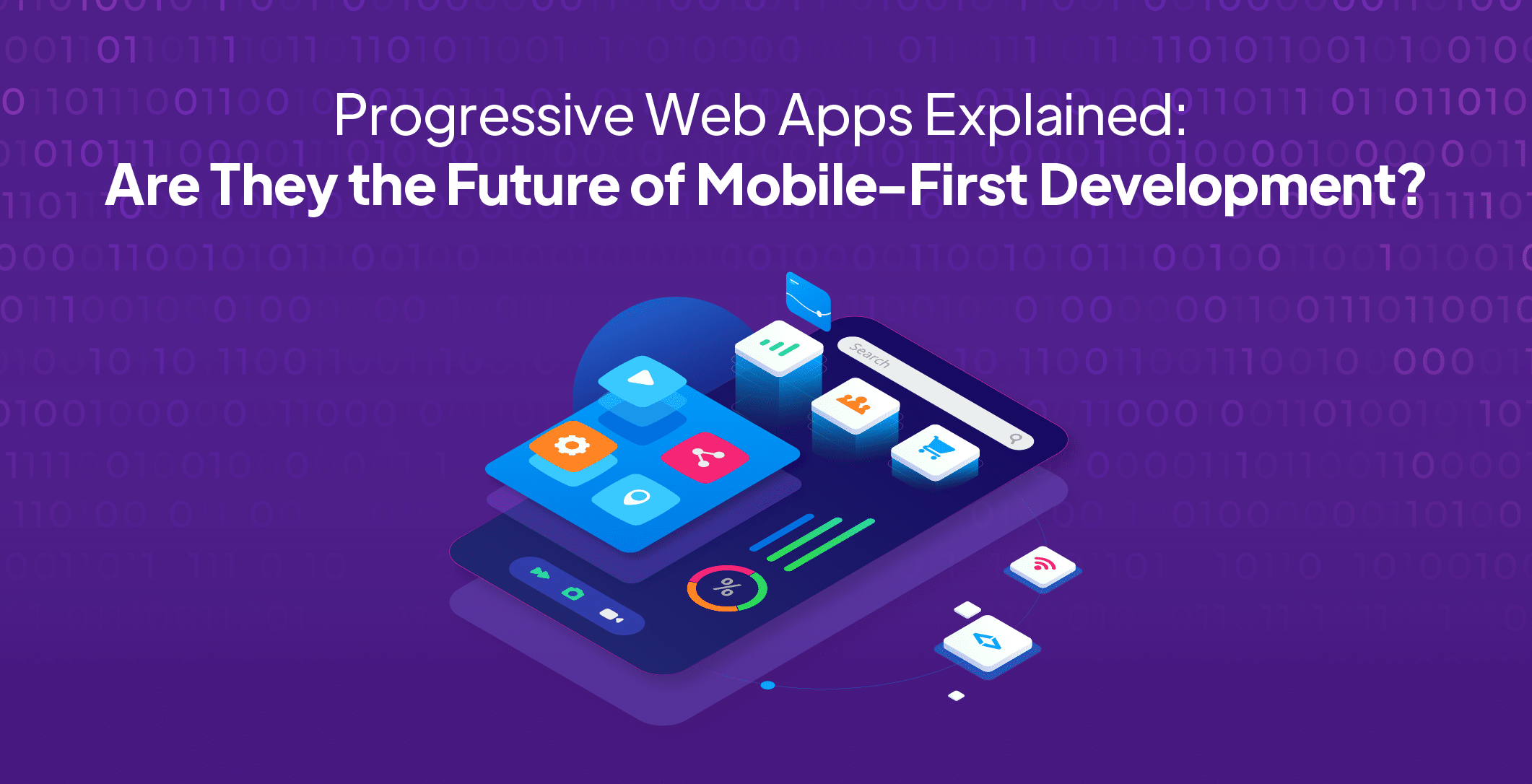In today’s digital-first economy, web applications serve as the backbone of business operations, enabling scalability, automation, and customer engagement. For businesses, a successful web application development requires a strategic, high-level approach that ensures efficiency, security, and a seamless user experience. This guide outlines a structured process that helps businesses build, deploy, and maintain high-impact web applications.
Step 1: Define Business Objectives and Product Vision
Before initiating development, it is crucial to establish a clear product vision that aligns with business goals. Key considerations include:
- Identifying core business challenges the web app will address
- Defining the target user personas and their needs
- Outlining key features that provide competitive differentiation
- Establishing success metrics aligned with business KPIs
A well-defined vision ensures strategic alignment and streamlined execution.
Step 2: Market and Competitive Analysis
A data-driven approach to market research helps businesses position their web applications effectively. This involves:
- Conducting a competitive landscape analysis to identify gaps and opportunities
- Understanding evolving user expectations and industry standards
- Leveraging analytics to validate demand and market potential
- Identifying regulatory and compliance requirements (GDPR, CCPA, etc.)
This phase informs decision-making and enhances market-fit.
Step 3: Product Architecture and Technology Selection
Before designing the UI, it’s crucial to build a solid product architecture. Software Architects work on:
- Choosing the right architecture – Microservices, monolithic, or serverless
- Selecting the tech stack – Based on performance, scalability & security
- Frontend: React, Angular, Vue.js
- Backend: Node.js, Django, Ruby on Rails
- Database: PostgreSQL, MongoDB, Firebase
- Infrastructure: AWS, Google Cloud, Azure
- Defining Security Protocols – Authentication, encryption & compliance
- Setting up Agile/DevOps Workflows – CI/CD pipelines, automated testing, and cloud deployment strategies
A strong architecture ensures scalability, flexibility, and long-term performance.
Step 4: User-Centric UI/UX Design
A web application’s success hinges on delivering an intuitive and engaging user experience. Businesses should:
- Prioritize user research and behavior analytics to inform design decisions
- Develop wireframes and prototypes to validate design assumptions
- Implement responsive and accessibility-focused UI elements
- Optimize UX flows for seamless navigation and interaction
- Conduct iterative usability testing with real users
An optimized UI/UX ensures higher adoption rates and customer satisfaction.
Step 5: Agile Development and Iterative Deployment
Businesses should leverage Agile methodologies to accelerate development while maintaining flexibility. The development phase includes:
- Frontend Development: Implementing reusable components and state management
- Backend Development: Building scalable APIs, implementing business logic, and ensuring database optimization
- Integration with third-party services: Payments, CRM, analytics, and authentication
- Version control and collaboration: Using GitHub, Bitbucket, or GitLab for streamlined development
By adopting Agile and DevOps practices, businesses can release iterative updates and continuously improve the product.
Step 6: Rigorous Testing and Quality Assurance
Ensuring reliability and security is non-negotiable for tech-driven businesses. Testing strategies should include:
- Automated testing: Unit, integration, and regression testing using CI/CD pipelines
- Performance testing: Load and stress testing to ensure app scalability
- Security audits: Conducting penetration testing and vulnerability assessments
- User acceptance testing (UAT): Collecting feedback from stakeholders and beta users
A strong QA process minimizes risks and enhances user trust.
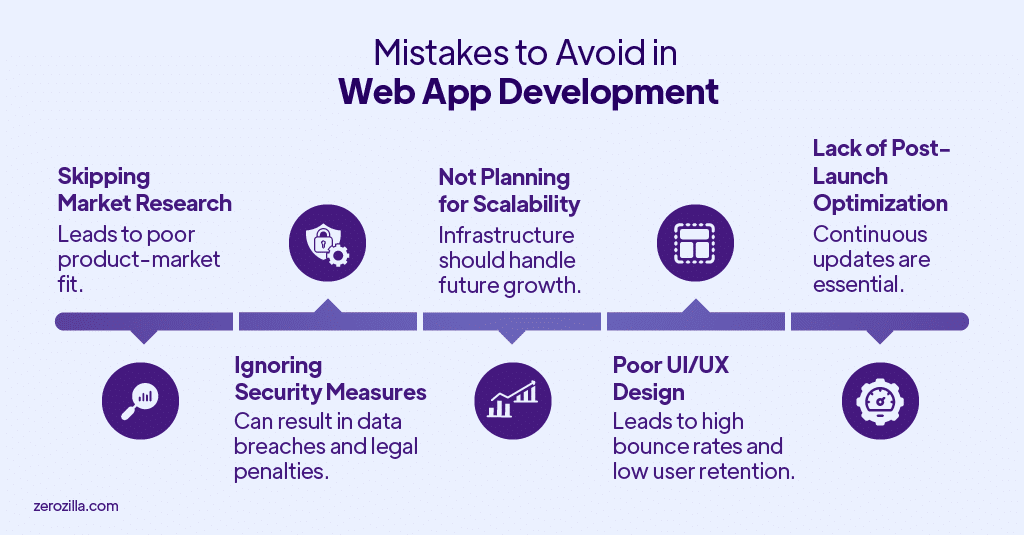
Step 7: Cloud Deployment and Infrastructure Management
Deployment should be seamless and scalable. Key considerations include:
- Choosing cloud infrastructure: AWS, Azure, or Google Cloud for global scalability
- Containerization and orchestration: Docker and Kubernetes for efficient deployments
- Monitoring and analytics: Implementing observability tools like Prometheus, New Relic, and Datadog
- Disaster recovery and backups: Ensuring resilience with automated backups and failover mechanisms
Cloud-native deployments provide flexibility, performance, and cost efficiency.
Step 8: Post-Launch Optimization and Continuous Improvement
Web app development is an ongoing process that requires continuous optimization. Post-launch activities include:
- Performance monitoring and enhancements: Using real-time analytics to refine the app
- Security updates and compliance adherence: Staying ahead of cybersecurity threats
- Feature rollouts and updates: Iterating based on user feedback and market demand
- Growth strategies: Leveraging SEO, paid advertising, and user acquisition campaigns
By maintaining a culture of continuous innovation, businesses can ensure long-term success.
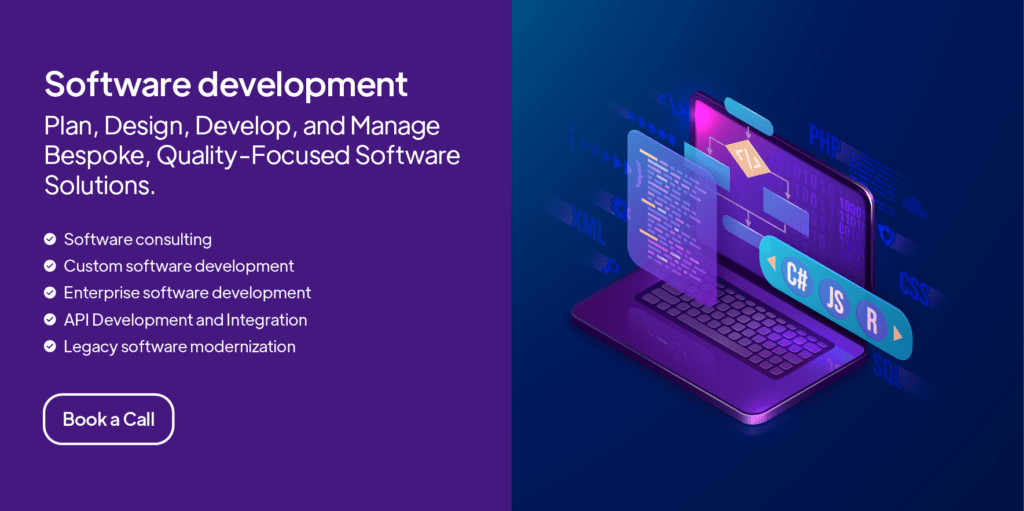
Conclusion
For businesses, availing web development services is a strategic investment that requires meticulous planning, execution, and continuous improvement. By following a structured, high-level approach, companies can build scalable, secure, and impactful applications that drive business growth. Leveraging cutting-edge technologies and Agile methodologies ensures that web applications remain competitive in an evolving digital landscape.
Zerozilla’s web development services provide innovative, scalable, and business-driven solutions that help companies achieve digital transformation. By leveraging the latest technologies, Zerozilla ensures seamless integration, enhanced security, and optimized performance to drive long-term success.

